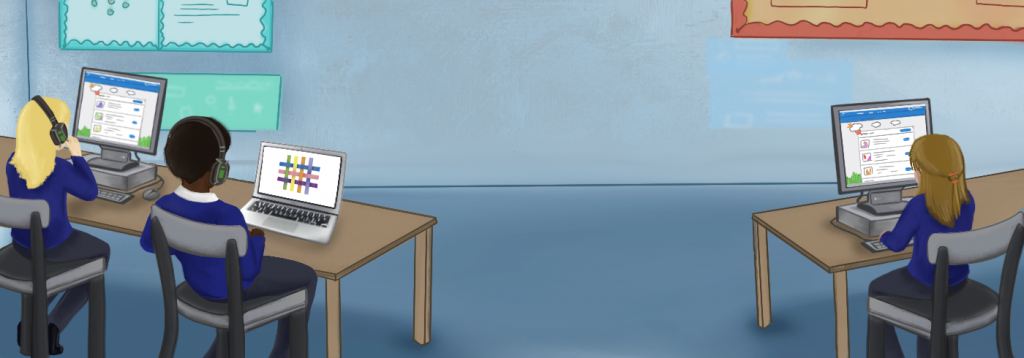
In recent years, there has been a significant shift in the way we approach education. The traditional model of teaching, where the teacher stands at the front of the classroom imparting knowledge to passive students, has given way to a more collaborative, child-centred approach. Furthermore, there has been a growing emphasis on children's metacognition and developing self-regulated learning in the classroom.

As a former primary teacher who is part of the education team for online learning journal, Tapestry, these developments have been exciting to observe. They have also inspired the development of our own Child Login [JM1] which allows children to engage in the learning process itself.
This enables them to develop their understanding of what they have learned, why they have learned it, and how it can help them in the future.
When we give children tools that let them play a more active part in reflecting on their learning, it changes the role of formative assessment. Traditionally, it has been used by teachers to gauge how much a child has learned and to provide feedback on areas for improvement. Enabling children to engage in the assessment process themselves allows them to be more actively involved in their learning, identifying areas where they have excelled and areas where they need to improve.
Rolling out across a school
At Arundel Church of England Primary School in West Sussex, they wanted to review how formative assessment worked across the school to develop a more child-centred approach. Already users of Tapestry, they decided to introduce the Child Login tool to all children in years 2 to 6.
Initially, they worked with year 5 and year 6 children. This involved training for the teachers about introducing the tool to their classes, and children were asked to upload their favourite piece of work from their week at school. This could be a photograph or video and children also included their thoughts about what they had learned. Following a positive response from the older children, the rest of the teachers received training and then introduced it to their classes.